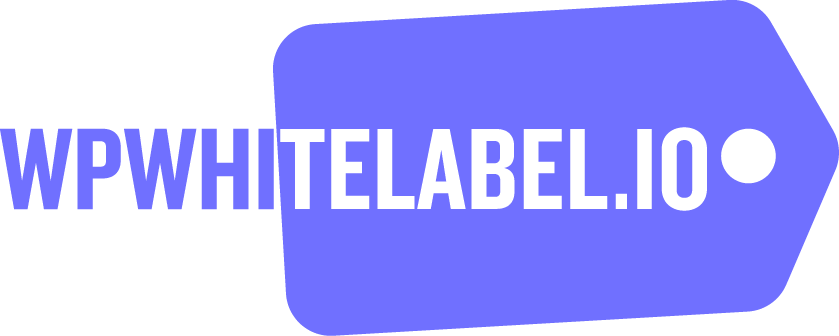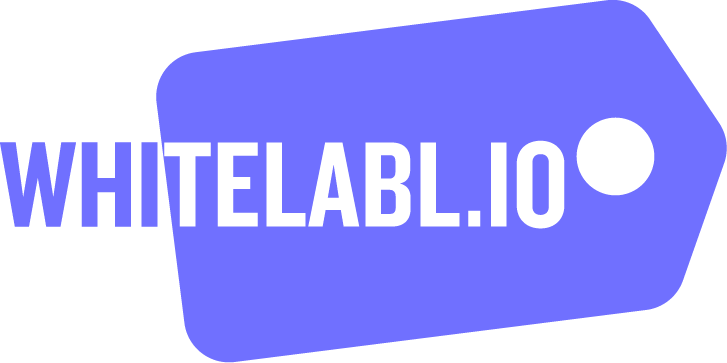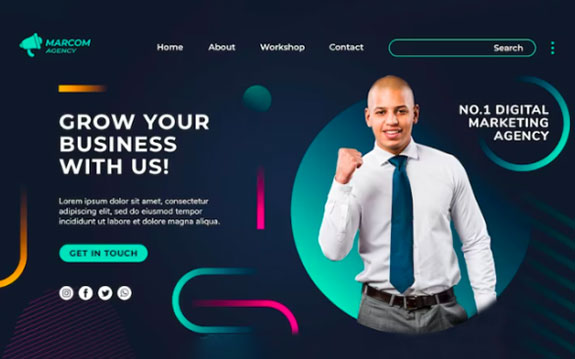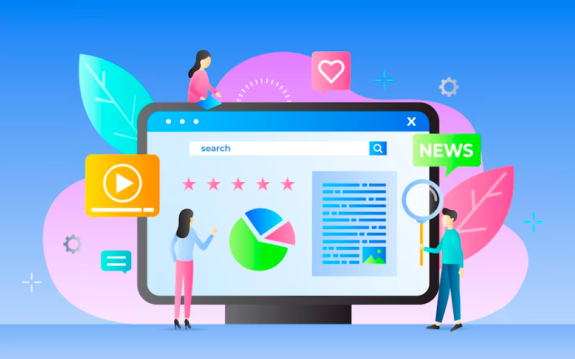In the digital age, accessibility is no longer just a nice-to-have feature—it’s a necessity. As more businesses and organizations move their operations online, ensuring that websites are accessible to all users is crucial. For white-label WordPress providers, this means making accessibility a top priority in web design.
What is Web Accessibility?
Web accessibility refers to the practice of designing and developing websites so that they can be used by everyone, including people with disabilities. This includes individuals with visual, auditory, cognitive, or motor impairments. Accessible websites are designed to be navigable and functional for all users, providing equal access to information and services.
The World Wide Web Consortium (W3C) has established the Web Content Accessibility Guidelines (WCAG) to help developers create accessible websites. These guidelines cover a range of best practices, from text alternatives for non-text content to keyboard navigability and color contrast.
Read: The Cost-Effectiveness of White Label Website Design Services
The Importance of Web Accessibility
In many countries, web accessibility is not just a moral obligation but a legal requirement. Laws such as the Americans with Disabilities Act (ADA) in the United States and the Equality Act in the UK mandate that websites must be accessible to people with disabilities. Non-compliance can result in legal action, fines, and damage to a brand’s reputation.
Wider Audience Reach Making a website accessible opens it up to a broader audience. According to the World Health Organization, over 1 billion people, or about 15% of the world’s population, live with some form of disability. By ensuring that a website is accessible, businesses can reach this significant segment of the market, increasing their potential customer base.
Improved User Experience Accessible web design often leads to a better overall user experience for all visitors, not just those with disabilities. Features like clear navigation, readable fonts, and alternative text for images can enhance usability for everyone, leading to higher engagement and satisfaction.
SEO Benefits Accessibility and SEO often go hand in hand. Many of the practices recommended for improving accessibility, such as using proper heading structures, providing alt text for images, and ensuring a logical content flow, are also beneficial for search engine optimization. This can result in better rankings and increased visibility in search engine results.
Brand Reputation and Corporate Responsibility Companies that prioritize accessibility demonstrate a commitment to inclusivity and social responsibility. This can enhance a brand’s reputation, build trust with customers, and set the business apart from competitors. In today’s socially conscious market, consumers are more likely to support brands that align with their values.
Find out: Why Agencies are Turning to White Label WordPress Web Design Services
Why White-Label WordPress Providers Should Prioritize Accessibility?
As awareness of web accessibility grows, more clients are seeking websites that are compliant with accessibility standards. By offering accessibility-focused web design services, white-label WordPress providers can meet this demand and provide added value to their clients. This not only helps in retaining existing clients but also attracts new ones who prioritize accessibility.
Competitive Advantage Incorporating accessibility into white-label services gives providers a competitive edge. Many agencies and businesses are still not fully aware of accessibility requirements, so offering this expertise can differentiate a provider in a crowded market. It positions the provider as a forward-thinking partner that is ahead of industry trends.
Future-Proofing Accessibility is becoming increasingly important in the web development landscape. By prioritizing it now, white-label WordPress providers can future-proof their services. As regulations become stricter and demand for accessible websites grows, providers who have already integrated accessibility into their workflow will be better positioned to adapt and thrive.
Increased Client Satisfaction Accessible websites lead to happier end users, which translates to satisfied clients. When clients receive positive feedback from their customers, they are more likely to continue working with the same white-label provider for future projects. Satisfied clients also lead to more referrals and repeat business, helping providers grow their operations.
How to Integrate Accessibility into White-Label WordPress Services?
White-label providers should familiarize themselves with the WCAG guidelines and incorporate them into their design and development processes. This includes understanding the different levels of compliance (A, AA, AAA) and striving to meet at least the AA level, which is the most common standard for legal compliance.
Use Accessible Themes and Plugins When selecting themes and plugins for WordPress projects, providers should choose those that are designed with accessibility in mind. Many WordPress themes and plugins are labeled as “accessibility-ready,” meaning they adhere to best practices for web accessibility.
Implement Keyboard Navigation Ensure that all interactive elements on the website, such as forms, menus, and buttons, are accessible via keyboard. This is essential for users who cannot use a mouse and rely on keyboard navigation to interact with the website.
Provide Alt Text for Images Every image on the website should have descriptive alt text, which helps screen readers convey the content of the image to visually impaired users. This is also beneficial for SEO, as search engines use alt text to understand the context of images.
Ensure Color Contrast and Readability Choose color combinations that provide sufficient contrast between text and background. This helps users with visual impairments or color blindness to read the content more easily. Additionally, use legible fonts and maintain a consistent layout to enhance readability.
Test with Accessibility Tools Regularly test websites with accessibility tools and screen readers to ensure they meet the necessary standards. Tools like WAVE, Axe, and the Accessibility Checker plugin for WordPress can identify potential issues and provide suggestions for improvement.
Learn: Top Trends in WordPress Website Design and How White Label Services Can Keep You Ahead
Conclusion
Accessibility in web design is not just a trend—it’s a fundamental aspect of creating inclusive and effective digital experiences. For white-label WordPress providers, making accessibility a focus in their services offers numerous benefits. This includes legal compliance and wider audience reach to improved SEO and client satisfaction.
By integrating accessibility best practices into their workflow, white-label providers can deliver superior results to their clients. Thus, enhancing their market position and contributing to a more inclusive web. As the demand for accessible websites continues to grow, those who prioritize accessibility will be well-positioned to lead the industry and drive positive change.



